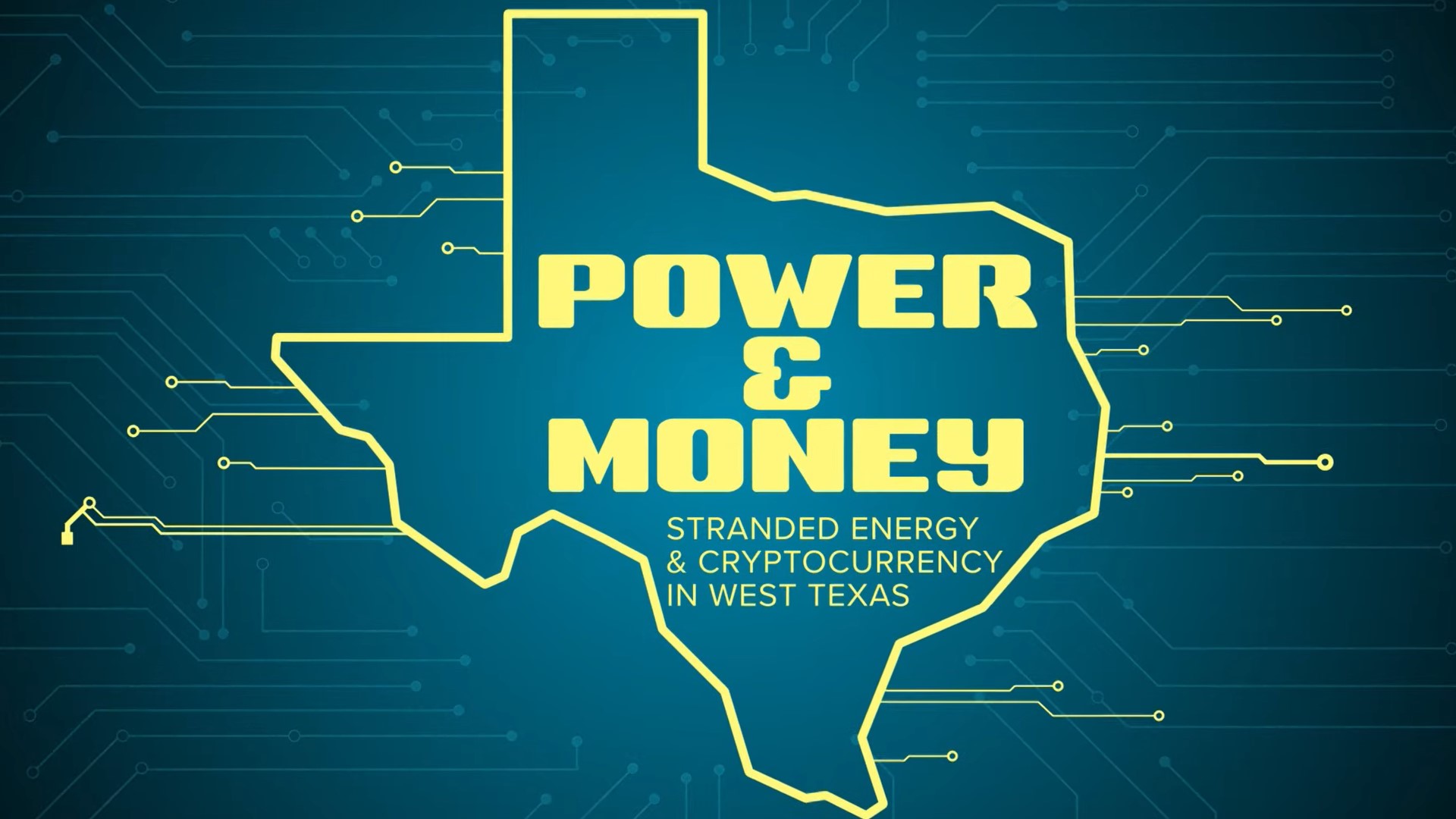Power and Money: Stranded energy and cryptocurrency in West Texas
Texas operates on its own electrical grid. Could Bitcoin miners flocking to the state put a strain on our energy resources or will they solve all of Texas' problems?
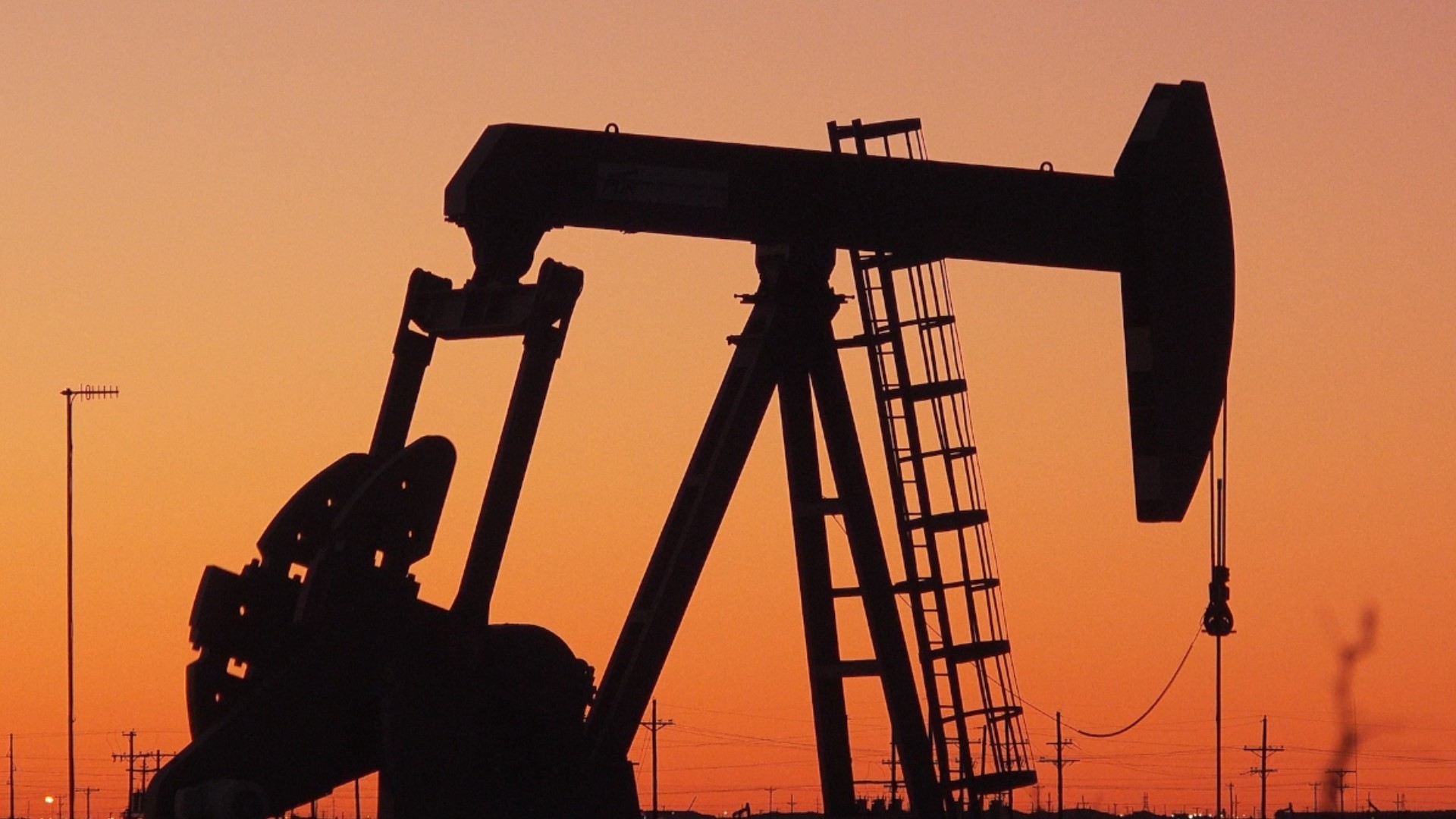
The Texas electrical grid
When it comes to energy, Texas is in a league of its own. We of course lead the way in oil & gas, and our state alone provides more than one-fifth of all domestically produced energy in the United States.
In the same vein, Texas has a unique way of operating its electrical grid. Most of the country runs on two power grids, separated by the east and west.
But Texas has been running and maintaining its own electrical grid since the 1930's.
By keeping it entirely within the state, the federal government can't tell Texas how to run things.
The Electric Reliability Council of Texas, more commonly known as ERCOT, is responsible for the oversight and regulation of the state's grid. ERCOT is constantly maintaining a delicate balance of supply and demand.
Dr. Joshua Rhodes, a research associate with the UT Austin Energy Institute, described this as a "just-in-time delivery system" that relies heavily on piping natural gas to areas with demand for it.
"You have got to be generating that electricity right at that same instance," Rhodes said.
There are times, however, that electrical demand outpaces what energy providers can produce or have access to.
"If any part of that infrastructure is taken down, then the whole system can go down," said Rhodes. A hard lesson learned from the winter storm of February 2021.
A digital gold mine in West Texas
Little did Texas state leaders know that the Lone Star spirit of establishing a standalone electrical grid would be a big draw for another decentralized powerhouse.
Bitcoin.
"Texas is a place of independent thinking of sort of a pull yourself up by your bootstraps kind of place and so we have suspicions of too much centralized power," said Lee Bratcher, President of the Texas Blockchain Council.
Bitcoin is a form of cryptocurrency- money that only exists as digital files. There will only ever be 21 million bitcoins, and they have to be mined just like any other limited resource. You can think of it as virtual gold.
Instead of a pickaxe, Bitcoin is mined with computers. There is no bank or central authority, but a peer-to-peer network of miners around the world.
They’re constantly using complex computations to verify every Bitcoin transaction in chronological order. Every verified transaction adds a block to the public ledger known as the blockchain. In return, miners are rewarded with new bitcoin.

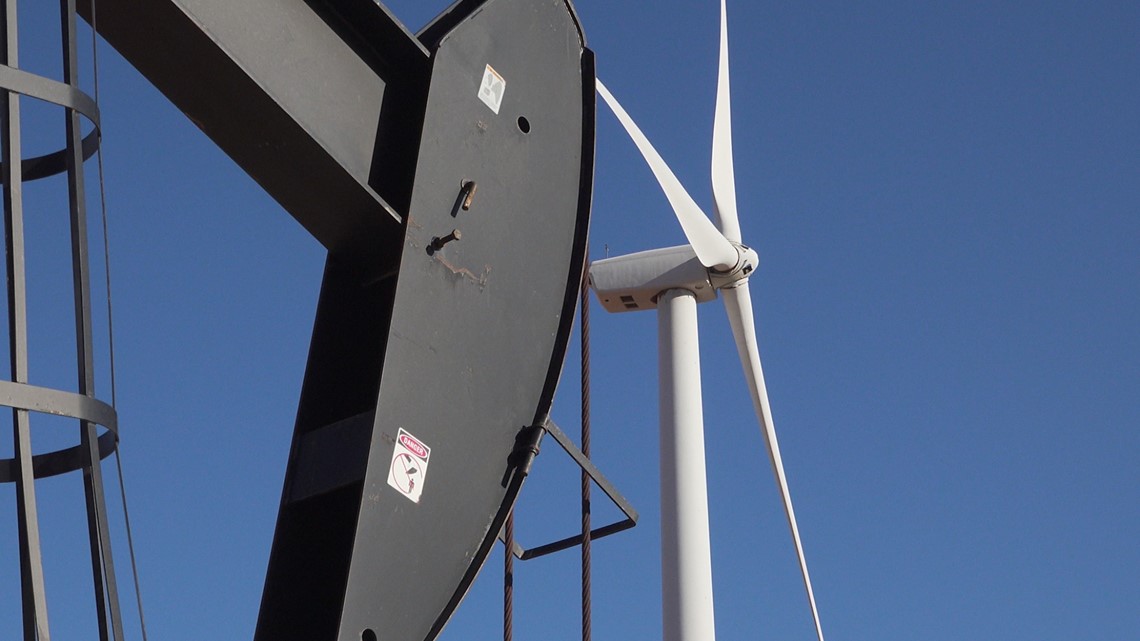
Bratcher believes that Bitcoin miners operating in the state will be "another cog in the wheel that propels Texas to be an economic leader in the world.”
This doesn't come without some caveats, however. The process of mining cryptocurrency requires substantial amounts of electricity.
Mining operations can be made up of hundreds or even thousands of computers. Just one facility can use enough to power a small town, and the need for energy grows as more miners jump in on the process.
Many Texans are wondering how the state's strained grid can keep up with demand as the state's population is projected to reach over 54 million people by 2050. This poses the question: what role do bitcoin miners play in the Texas power puzzle?
Enter West Texas... The land of cheap energy, and the people who know how to find it.
"There's excess power throughout the Permian everywhere"
Natural gas is the number one source of power for the ERCOT grid. So much is produced that there is often too much to pipe out. This excess gas is known as stranded energy.
To put this concept simply, "Pipes are only so big and can only take so much gas away from a field," Dr. Rhodes said. He described stranded energy as a power resource that "cannot get to market."
With limited options, oil & gas producers typically flare off the excess gas out of large combustion stacks that light up with West Texas skies. Billions of cubic feet of natural gas are essentially wasted in this process.
"There's a significant opportunity in West Texas,” said Jose Ortega with Permian Mining, based out of Midland. “There's excess power throughout the Permian everywhere.”

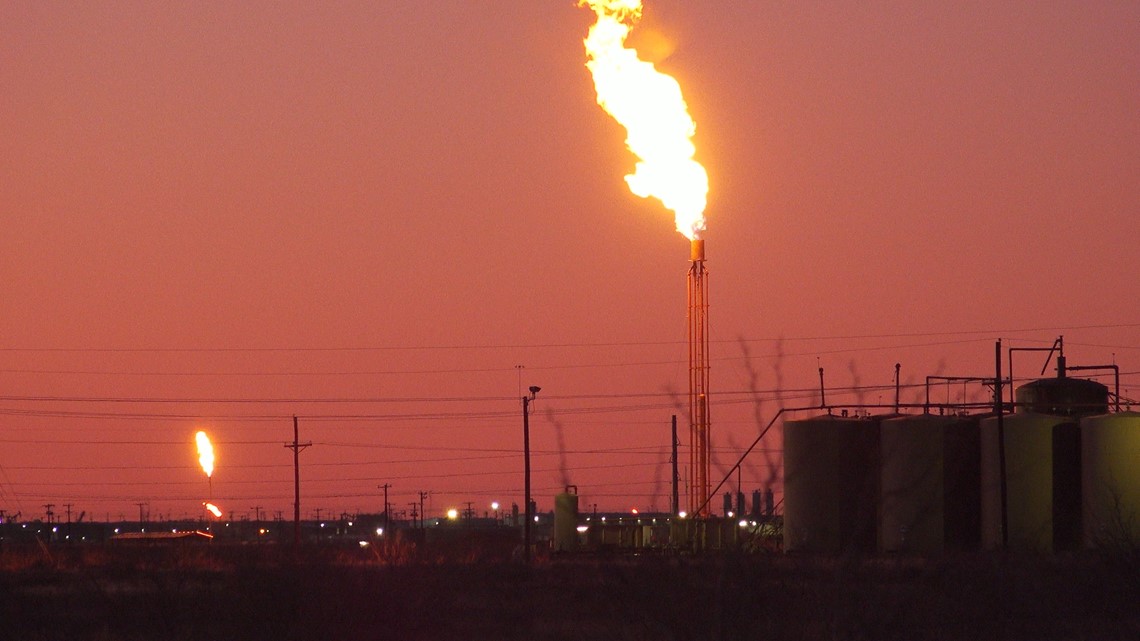
Ortega said that Bitcoin miners come to Permian Mining to find excess natural gas that can keep their computers running- a miner's greatest expense. That stranded gas is routed to a generator that powers a mobile Bitcoin mining facility.
Ortega added that by co-locating on a natural gas site, Bitcoin miners can take their operations off the grid while getting "the cheapest energy possible to mine.”
“We provide a solution to this excess gas for energy companies that don't want to manage the gas," Ortega said. Because "they don't have infrastructure, so they have to flare it.”
A win-win situation for oil & gas producers and Bitcoin miners.
Mine and Seek: Clearing up the lines
Bratcher said that the hunt for cheap electricity is taking Bitcoin miners who are "seeking out low cost energy and stranded energy" beyond natural gas to producers of all varieties.
Wind and solar farms present an equally attractive opportunity to Bitcoin miners because they can also produce more energy than can be moved to market.
"Electricity lines are only so big and they can only carry so much electricity," Dr. Rhodes explained. “If the wind is blowing across the entire western portion of Texas and all the power plants are generating electricity at the same time, not all of that can get on the existing lines that we have. So we then need to do something else with that energy or maybe make the lines bigger.”
Luckily for Bitcoin Miners, renewable energy sources are abundant in West Texas. Texas led the push for renewable energy in the 2000's in an initiative known as Competitive Renewable Energy Zones – or CREZ.
“These were power lines that we built to better connect West Texas to Central Texas because we saw that there's a large potential for things like wind and solar out in West Texas to generate electricity and move it to load," Dr. Rhodes described.
New wind and solar farms sprouted up at a pace that the power lines couldn't keep up with, however.
“Whenever we put in this infrastructure, it was able to handle all of the new power plants that had been built, but we've continued to build more power plants, we've continued to build more wind, we're building a lot more solar. And these lines only have a finite amount of capacity and so we can't keep putting it on there. And so now we're seeing more stranded," Rhodes said.
Mining a better grid in Pecos County
Fort Stockton in Pecos County is home to over eight thousand people. What they lack in population, however, they make up for in power.
Remie Ramos, Executive Director of the Fort Stockton Economic Development Corporation, said that Pecos County has "become the leading county of renewable energy production in Texas.”
With limited infrastructure to carry the electricity produced in the area, the county's amount of energy production "was starting to limit our capabilities and possibilities to grow and add additional industry," Ramos said.
This problem for Pecos County is a great opportunity for a company like Houston-based Lancium, who will power their mining computers with Fort Stockton's renewable energy at a facility currently under construction.
"Bitcoin miners are really effective at finding and soaking up stranded energy or wasted energy, where there is perhaps a grid congestion, where there's not enough transmission capacity to get that energy to the heavy power using places of the state, whether they're population centers or industrial centers," said Bratcher.

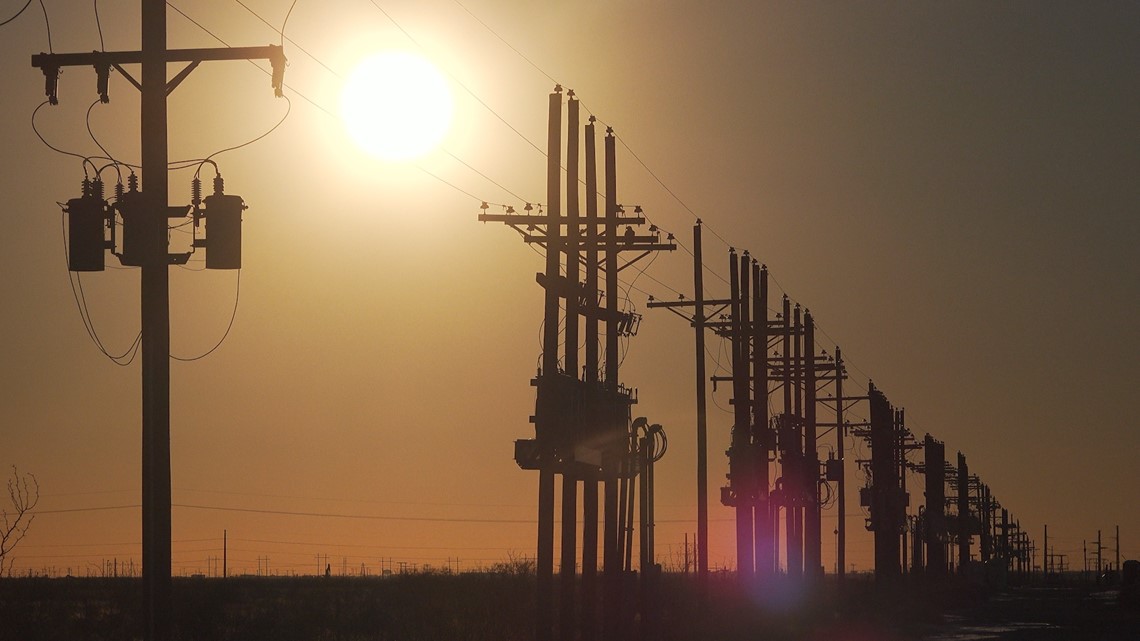
What makes a company like Lancium different from Permian Mining is its ability to feed energy back to the grid. This is what is known as a controllable load resource.
These facilities have agreements to power down if requested when ERCOT grid supply can't keep up with demand.
They give energy back to the grid, and get paid for what they would have mined in that time.
Ramos described this as "a match made in heaven." "Controllable energy has just really been a game changer for West Texas and Pecos County," Ramos said.
Bratcher said that data centers like Lancium's facility "have the ability to turn off within five seconds, so they can do a lot of demand side stabilization for the grid." He described this as "a beautiful marriage of the free market and innovation."
"Controllable loads of any type can help the system and so, whether it's an oil and gas refining facility or a Bitcoin mining facility, I think if they're willing to be flexible, I think generally that is good for grids, and not just Texas, but anywhere," Rhodes said.
In a region dominated by the oil & gas industry, Ramos sees the introduction of controllable load facilities as "another segment of diversification for our community and for all of our citizens to look and to be able to stabilize life in Fort Stockton."
The power of bitcoin. But not everyone is sold on the idea.
The other side of the Bitcoin
Adrian Shelley with consumer advocacy group Public Citizen sees a few different issues with the Bitcoin boom, a stark contrast from Bitcoin supporters.
“All they're really doing is demanding energy and creating a virtual currency that generates value for somebody, some owner, you know, I just don't see the local value to the business. It's creating more energy demand, isn't necessarily what we need," Shelley said.
Lancium and other Bitcoin mining companies are offering up a new way to bring energy to the grid that would otherwise go to waste. Shelley, however, thinks Texas should reduce demand for electricity.
"Controllable load just means I'm going to lessen the impact that I cause sometimes if you pay me for it, that's all it is. It's not a net benefit of the grid,” Shelley said.
On the other side of the argument, Bratcher said that controllable load facilities are "a net positive to the grid because you're expanding your base load of generation, whether that's natural gas, wind or solar… that increased baseload generation will be profitable for the grid, no matter who is creating the economic incentives for the infrastructure that's going to create that generation.”
Shelley sees the possibility of local benefits in isolated examples like Lancium's model, but ultimately poses the question: "Does that mean that Texas should welcome with open arms, massive additional energy demand from, you know, wave of crypto miners from across the globe?"
Shelley doesn't think so. "I don't think that's the solution to our problems right now.”
Dr. Rhodes doesn't see controllable load facilities as the silver bullet to the challenges facing the ERCOT grid, but he does believe they can be part of the solution.
“I think we need to do all the above. I think we need more load that willing to be flexible, I think we need to move more power across faster or across larger parts of the state," Dr. Rhodes said. "Whatever we can get done, we should.”
Bitcoin mining companies like Lancium claim that their facilities powered heavily by excess renewable energy can help expedite the transition to renewables in the state of Texas.
At the current stage, Shelley doesn't see this to be true, because there aren't "many Bitcoin mining companies who are actually investing in clean energy generation in Texas."
Shelley said she could see it as a benefit, however, if there was direct investment.
"If a new mining company wants to come in, and it wants to invest in a solar farm or a wind farm that otherwise wouldn't be built in Texas, and that new energy is used in part to power that mine. Well hey, you know, there's an investment in clean energy that was made possible by a bitcoin miner," Shelley said.
Ortega said that Bitcoin mining operations powered by renewable energy present limited opportunities for those looking to join the process.
"People that are mining with renewables are generally mining very, very large amounts, and it's not an opportunity that's accessible by a large majority. So our goal really to is to help decentralize the access to Bitcoin mining for people in West Texas," said Ortega.
This is a sentiment echoed by Governor Greg Abbott, who thinks these opportunities could bring more than Bitcoin to West Texas.
"That ongoing demand for a lot of power will hopefully stimulate more power generators to create more power, especially through sources like natural gas. We want companies to invest in producing more natural gas in the state. The only way we can get them to make those investments is for there to be more power demand that will help them pay the bills to pay off the construction of increasing natural gas facilities," Abbott said.
Shelley believes this is moving in the wrong direction. Public Citizen is "looking for opportunities to make the grid more resilient, more reliable, but also cleaner."

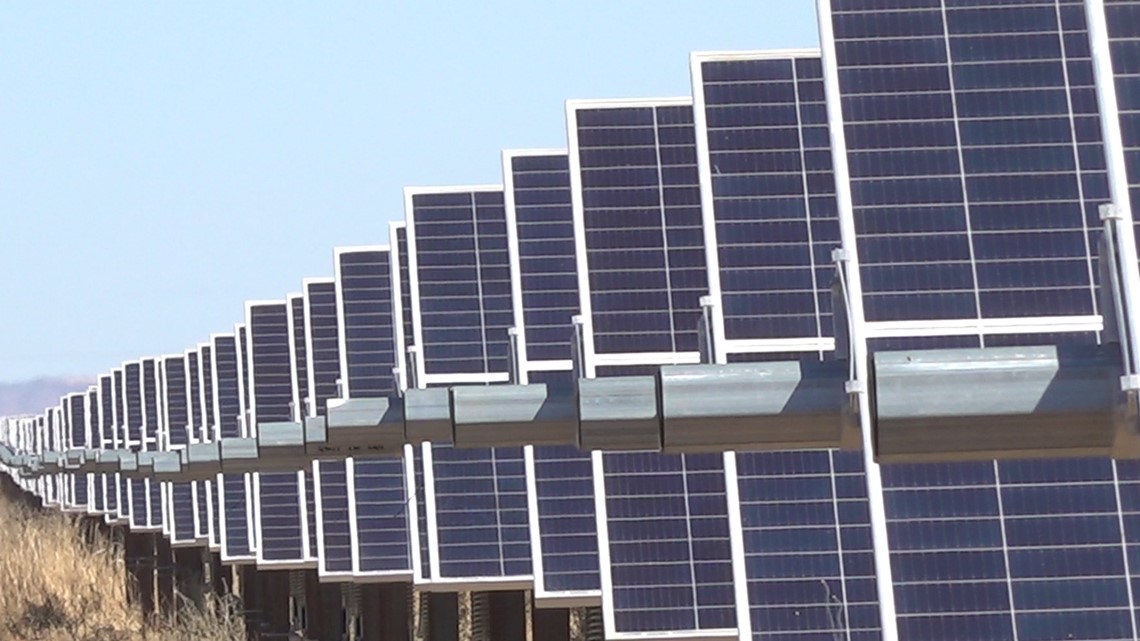
Shelley argues that the increase of solar power and energy storage technology would be a better investment that would help Texas transition away from fossil fuels. The idea that Bitcoin mining could stabilize the ERCOT grid is "a false hope" to Shelley.
"The key really is the energy mix in the grid right in ERCOT. We want to try to drive down the coal usage. But we got to have natural gas and we need our natural gas generators," Bratcher said.
"There's just no way to power the Texas grid or any grid for that matter with solely renewables based upon the way renewables work." Bratcher argues that Bitcoin miners create incentives for the creation of more renewable energy sources, but that "we can't forget that natural gas is the backbone of the grid in Texas."
Texas: First in energy, first in cryptocurrency?
Whatever path lies ahead, Bitcoin miners are coming to West Texas and beyond. This presents Texas with a unique opportunity to be first in energy, and now first in cryptocurrency mining.
Tech companies are flocking to Texas, putting us at the forefront of technology, and even blazing humanity’s path to the stars. So what role will Bitcoin play in our future? Will it help usher in a new era of natural gas and renewables in the Lone Star State? Or will the Bitcoin revolution overwhelm our electrical grid completely?
"Bitcoin miners have overstated their potential to solve Texas's energy problems," Shelley said.
But companies like Permian Mining and Lancium are proposing that instead of being an additional strain on our grid, Bitcoin mining centers could help solve our energy problem, while at the same time propelling us to the forefront of technical innovation.
Facilities that use stranded excess energy in areas like Pecos County could make room for new industries to thrive in areas that have historically only had economic opportunity for the oil & gas industry.
Natural gas-powered operations allow Bitcoin miners to go off the grid completely while solving problems for both the mining and oil & gas operations.
But those who oppose, like Shelley, say "the solution that we think the Texans want and need is not build more energy and get more energy toward customers. That's not what we're looking for. We want to see responsible use of the energy we have. We want to see opportunities to save energy, because that means saving money for people. Right? And we want to see responsible use of our state's resources."
There may be room for both. We are in the infancy of these technological innovations, so only time will tell how Bitcoin mining will impact the ERCOT grid, for better or worse.
Texans are not afraid of big ideas. After all, big is what we do. And we're not afraid of living in the shadow of Big Energy either. Whether that be pumpjacks or wind farms, Texans, especially West Texans, embrace it.
One thing is certain. A Texas-sized problem, requires a uniquely West Texas solution.




